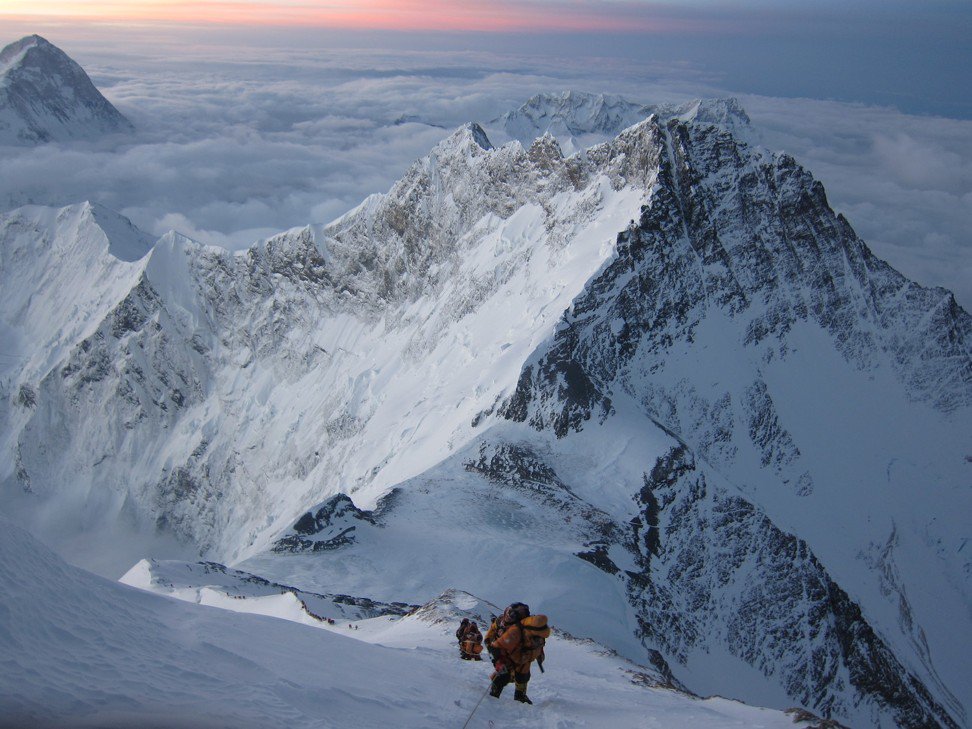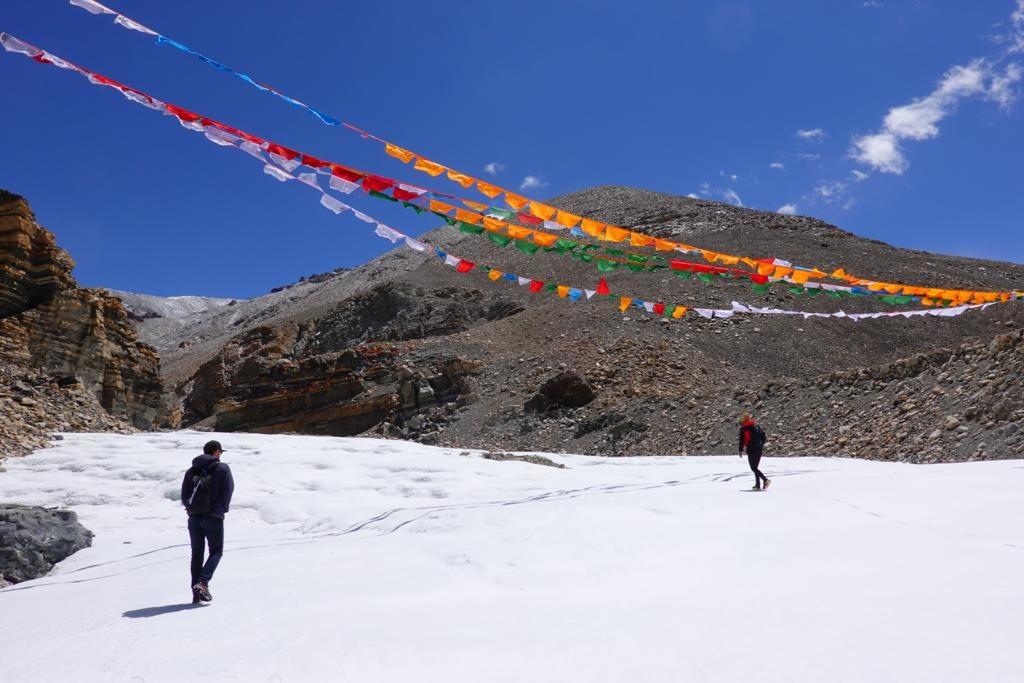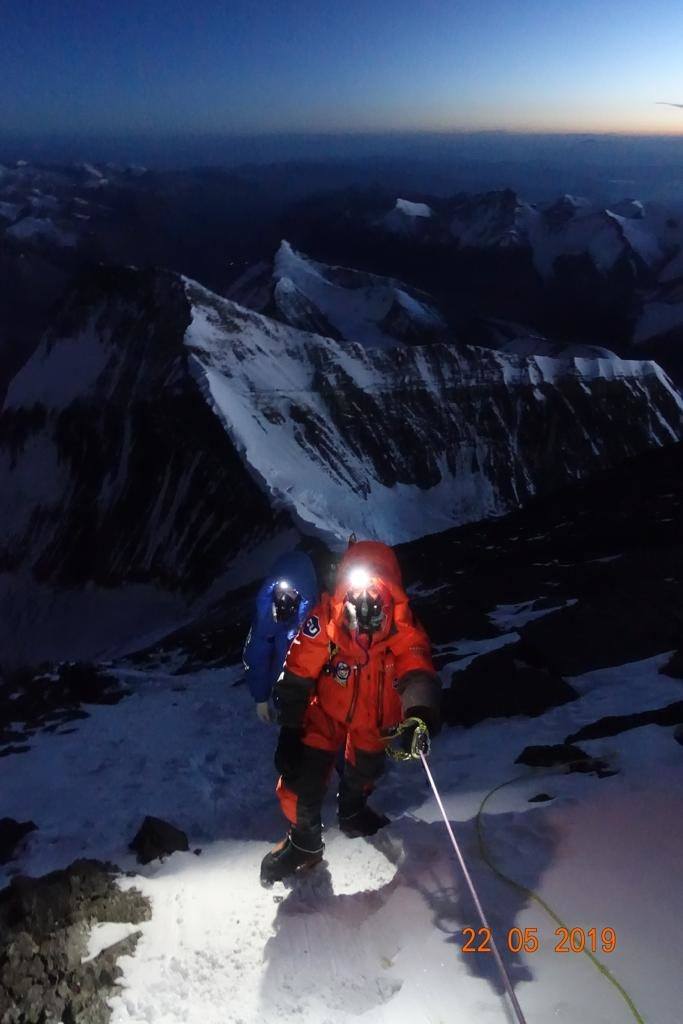The Road to Everest, Part 1


#RoadToEverest
As part of our #roadtoeverest series, we have updated and relaunched this blog from our archives. The original post was written by Adrian Ballinger in 2012 and has been updated to be current.
The Everest Question
While it feels like the Alpenglow Expeditions’ Everest 2019 teams wrapped up only days ago, Alpenglow is already thinking about Everest 2020. At Alpenglow, we spend nearly the entire year building our Mt. Everest team for the spring season. Many of my discussions with climbers will focus around whether they are “ready” for Mt. Everest. These conversations are really important. As well as the risks involved in climbing Everest, the cost and time commitment are huge considerations. Once you take into account all the common add-ons that most Everest guiding companies charge, along with equipment and travel, climbers are considering spending $70,000-$150,000 dollars, as well as taking up to 2 1/2 months away from their day-to-day lives (unless they are climbing in a rapid ascent program, then they are taking off about a month of time). Climbers shouldn’t attempt Everest until they are truly “ready” and have a strong chance of success. In other words, climbers should have a very high likelihood of having a safe, accident-free climb.
How can this be achieved?
This post is the first in Alpenglow’s two-part blog on, “The Road to Everest”. Today’s post is about what to require of your guide service. Part 2 is about how to prepare yourself. If you dream of one day climbing Everest or know someone who does, read on.
All the hype in the mainstream news and blogosphere this year about overcrowding on Everest and companies accepting people who have never climbed before onto their teams does have some truth to it. To combat these unethical companies and the danger they add to everyone on the mountain is very important. In many ways, this should be the easy part of your Everest preparation – choose the company you climb with carefully. Ask questions!

Choosing a Responsible Guiding Company
This was my twelfth season guiding Everest. I have summited seven times whilst guiding clients, and an additional time without supplemental oxygen (not guiding clients). I have seen far too many ludicrous things happen on Everest, and most were clearly the fault of the guiding/logistics companies. I strongly believe that the following regulations should be mandated by the Nepali and Chinese governments. Thus far, however, this has not been the case, so it is up to us as guiding companies to behave safely and ethically on Mt. Everest. Since not all companies are scrupulous, it is in part you, the potential client, who will help to drive change in our industry. If clients demand the following minimum standards, despite the added costs, the cheap and dangerous companies will be forced to change.

Minimum Standards
If you are looking for a guided climb (as opposed to those who are fully independent and looking only for permits and a basecamp), be sure that your guiding company meets the following requirements as a minimum standard:
1. Client to guide ratio of no more than 4:1.
2. IFMGA Guides: a majority of the guide staff should be fully qualified (IFMGA) or aspirant (with aspirant certification working towards full qualification), and have climbed to 8000 meters previously.
3. Client to Sherpa ratio of no more than 1:1.
4. Experienced Sherpa: a majority of the Sherpa staff should have climbed to 8000 meters previously, attended the Khumbu Climbing School, and speak English (or the primary language of your team).
5. Team size of no more than 12 clients. Small teams are more united and thus more likely to remain self-sufficient, self-contained, strong and safe: they are more agile logistically and can adapt rapidly to changing conditions and dynamics on the mountain.
6. Requires the following of all clients:
a. Must have climbed at least five peaks over 19,000 feet/5,800 meters, on a variety of expeditions to different mountain ranges.
b. At least one of these peaks must have been a major expedition peak (e.g. Denali, Aconcagua, Ama Dablam, Mustagh Ata, Cho Oyu, Makalu).
c. Must have a minimum of 30 days in crampons (on expeditions, in the lower ranges, and ice climbing).
d. Must have a minimum of 3 days of steep ice climbing and 3 days of outdoor rock climbing, including multi-pitch climbing.
e. Must have excellent familiarity with big mountain rope systems including crevasse rescue, roped glacier travel, rappelling, belaying, and fixed rope technique.

7. Has a seasoned Everest guide as team leader: Everest is unique and the team leader should have previously summited Everest, and have extensive experience leading Sherpa, guides, and clients on 8000-meter peaks.
8. Has a seasoned high-altitude doctor on their team, (either on-staff or on-call) or contracts for all members to receive treatment and consultation with the HRA (Himalayan Rescue Association).
9. Contracts with a respected meteorological service for high altitude wind and weather forecasts.
10. Provides radios (walkie-talkies) to all Sherpa and guides.
11. Provides, at the minimum, five 4L bottles (or equivalent) of oxygen per client and guide (and four 4L bottles per Sherpa). Even oxygenless attempts should have this oxygen in reserve for emergencies.
12. Makes a commitment to you, the client, to remove all of the team’s garbage, equipment, and human waste from the mountain at the end of your climb. Only you, the client, can actually ensure this happens. Nepali regulations do not work.
Read Part 2 of our Road to Everest Blog, which will focus on what the ideal path is for you, the climber, to prepare for Everest.
-Adrian Ballinger, Alpenglow Expeditions

#RoadToEverest
MOUNT EVEREST NORTH SIDE RAPID ASCENT EXPEDITION
For more information on our Everest Expeditions or any of our other international expeditions check out our website. For any questions call our office at 877-873-5376 or send us an email info@alpenglowexpeditions.com.